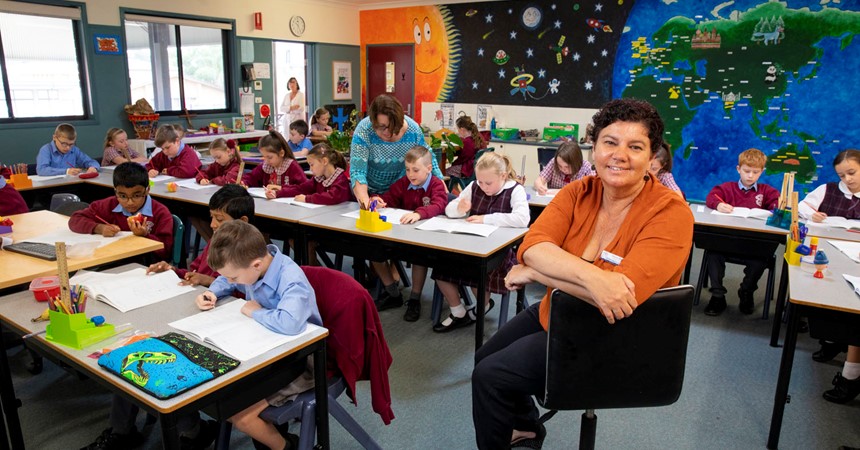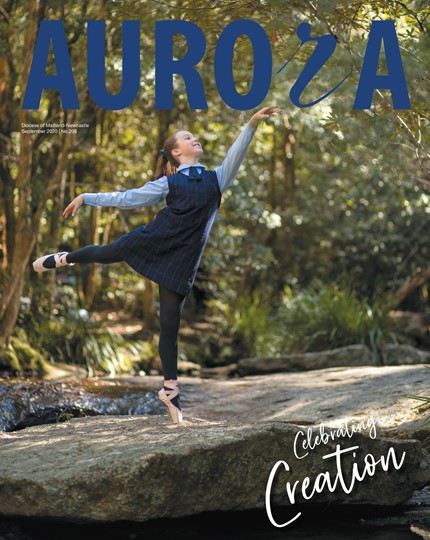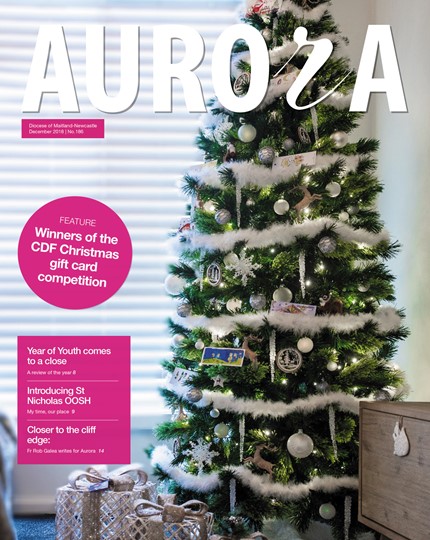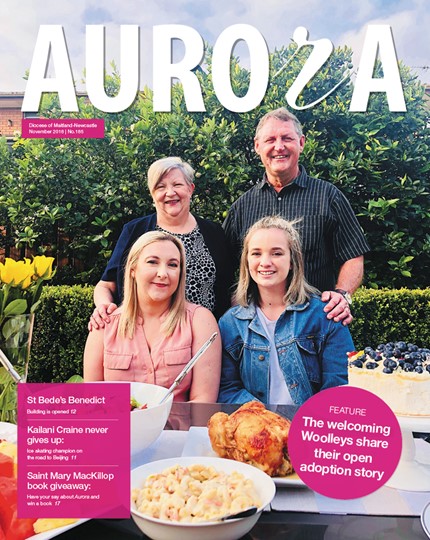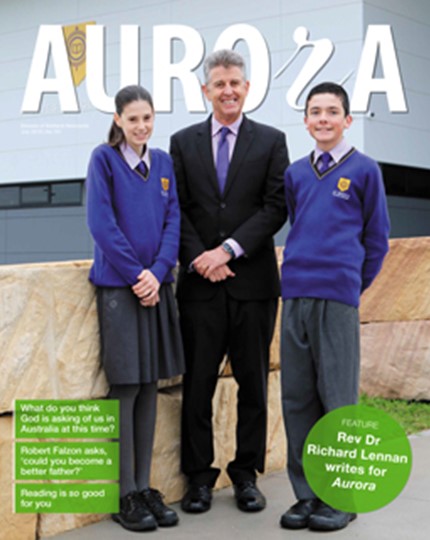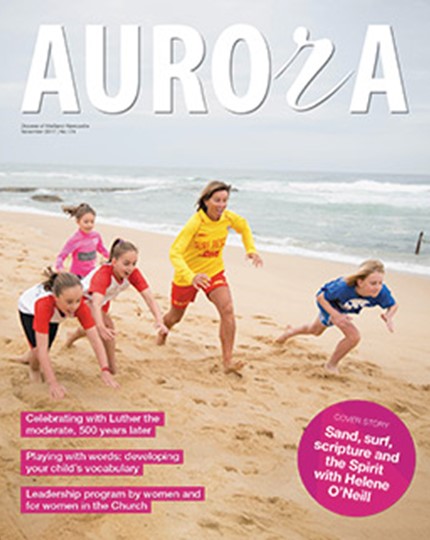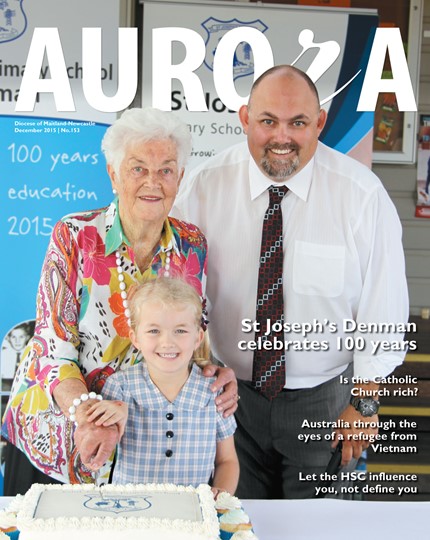Every other day there is comment in the media about Australia’s declining student performance in NAPLAN. So, hearing about schools in our Diocese where literacy and numeracy results consistently trend upwards, begs the question: what are they doing that makes the difference? Conversations with principals leading the NSW Literacy and Numeracy Action Plan in their schools sheds light on this.
The NSW Literacy and Numeracy Action Plan Phase 2, now in its fourth year, targets improvement for children in Kindergarten to Year 2 in 13 primary schools throughout the Diocese. The primary objective of this plan is to strengthen support in the early years, so that intervention if needed, is more successful.
Jointly funded by the NSW government and our Diocese, a major component to its success is the focus on “instructional leadership” or leadership for teaching and learning. Not only are the 13 schools equipped with a leading teacher to develop teaching and learning, but principals at each of these schools take a very active role in the development of best-practice teaching of literacy and numeracy.
Mel Hunt, principal of St Joseph’s Primary School Wingham, notes a pleasing upward trend in its NAPLAN and other assessments over the three years since the beginning of the action plan. She says the real benefits of having a leading teacher working with other teachers is the focus on pedagogy, or the way teachers teach.
“Our leading teacher, Carolyn Long, would go into the classroom to watch, and then talk to the teacher about what she’d observed and what they think could be worked on,” Ms Hunt said. “Then both of them would come up with a plan together of how to improve that targeted area of teaching practice. They would work through that plan together.”
Ms Hunt said to do this effectively, the leading teacher must have a good rapport with class teachers. The teachers need to feel comfortable asking the questions in order to know what their next steps will be, and they also need to be able to collaborate. “Working together and sharing their knowledge, and particularly talking about students so the conversation is not about ‘my students’ but ‘our students’ is a key part of the success,” Ms Hunt said.
Stacey Mullin, acting principal of St Paul’s Primary School Rutherford, also acknowledges the role of leading teacher Susan Campbell and the rapport she developed with the teachers as key to success over the past three years. “You catch them at a teachable moment, and if they have that rapport with the classroom teacher then teachers are open to it,” Ms Mullin said.
A leading teacher works as a teacher mentor or co-teacher according to the need in the classroom. It results in an easy transfer of literacy and numeracy theory straight into the classroom. “The professional growth for teachers is really sped up,” said Ms Hunt. “Through this project they are getting what they need, not what other people think they need.”
But leading teachers are only part of the picture. Another key to the success of the Literacy and Numeracy Action Plan is the input of principals. Ms Hunt and Ms Mullin believe leading the learning is at the heart of their roles. They say knowing where every student is at in their learning and knowing what interventions are being used to support them in their next steps is paramount. And they both take time to celebrate successes with their staff.
“It’s a great feeling when a teacher comes into the staffroom to share that a child has recognised basic sight words for the first time, and they do a little dance,” Ms Mullin said. “Or when you’re sitting in the classroom and a child shares the fact that they’ve got the first sounds in their words. I think that’s priceless.”
Ms Hunt said students coming to her school are able to start in an environment that has a really targeted and focused approach to literacy and numeracy. “Having that whole-school approach also means they are coming to school and experiencing success, and we all know success breeds success,” she said.
